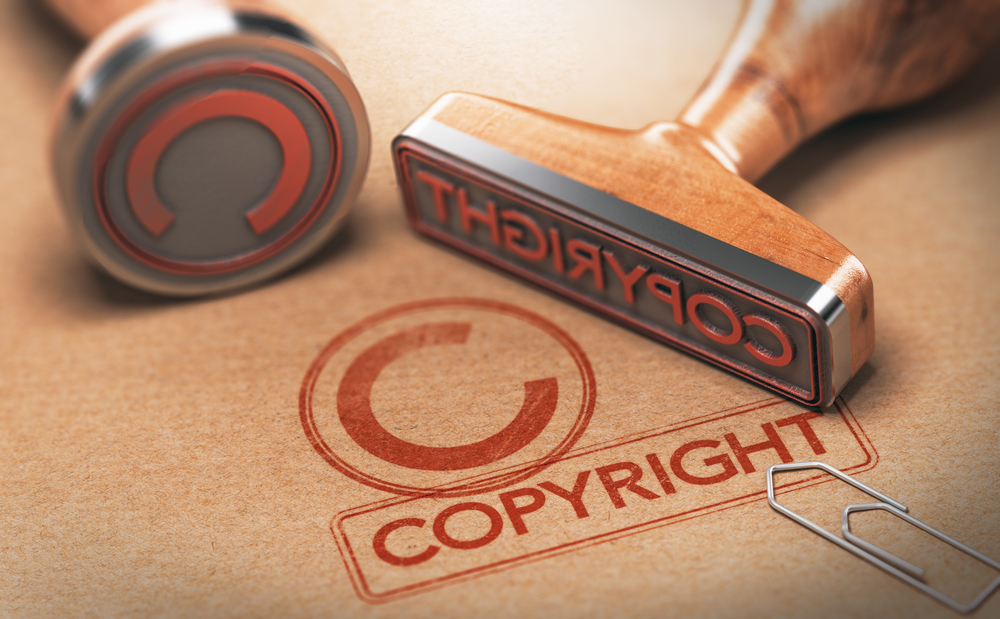In a recent presentation to the UK House of Lords Committee on Communications and Digital Technologies, OpenAI highlighted the essential role of copyrighted material in creating effective AI models. Despite initial concerns about intellectual property rights, OpenAI contends that its position rests on intricate legal and technical considerations.

The Necessity of Varied Data in AI Training
OpenAI argues that restricting AI model training to public domain works over a century old significantly limits the capabilities of intelligent systems. Access to a broad spectrum of human expressions—from blogs and images to forum discussions and code snippets—is critical for modern AI like ChatGPT. This approach not only enriches AI comprehension of diverse communication forms but also ensures relevance in a dynamic digital landscape.
The Foundation of OpenAI’s Protection: Fair Use Principle
Central to OpenAI’s defense is the concept of fair use, permitting limited use of copyrighted materials without explicit consent. Rooted in US law, this principle enables innovation and research. OpenAI asserts that its training methods align with fair use, promoting fairness to authors while bolstering US competitiveness in high-tech domains.
OpenAI’s recent statement follows a lawsuit filed by The New York Times, alleging unauthorized use of their news materials by OpenAI and Microsoft, a major investor. OpenAI rebuffed these claims, stressing their commitment to ethical AI development and collaboration with news outlets.
This isn’t the first time OpenAI faced such allegations, notes NIX Solutions. In a prior defense against a lawsuit linked to Sarah Silverman’s memoir, the company emphasized the misinterpretation of copyright scope by critics, citing legal exceptions allowing innovation in advanced AI development.
